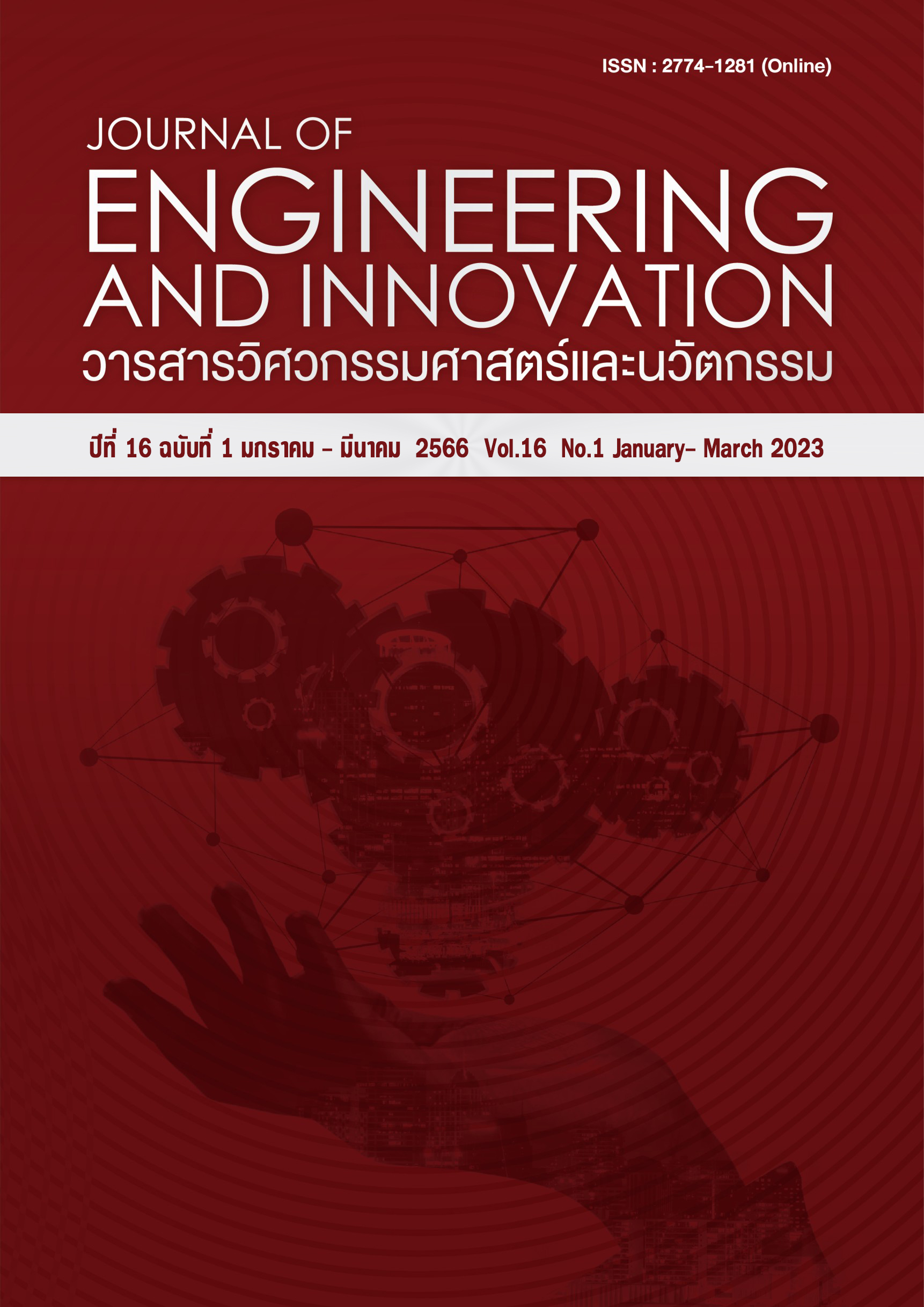Influence of plastic waste on engineering properties of asphalt concrete pavement
Main Article Content
Abstract
This research investigates the probability of using high-density polyethylene (HDPE) plastic waste to replace asphalt cement for asphalt concrete pavement. Factors influencing this research were aggregate, binder (asphalt cement), and HDPE plastic waste content. This research investigated stability, flow, indirect tensile strength, and resilient modulus of samples. Test results showed that the stability, indirect tensile strength, and resilient modulus of asphalt concrete improved with HDPE plastic waste were higher than those of asphalt concrete for all HDPE plastic waste content. The HDPE plastic waste content affected the engineering properties of asphalt concrete improved with HDPE plastic waste. The indirect tensile strength and resilient modulus of asphalt concrete improved with HDPE plastic waste increased as HDPE plastic waste content increased. This research is beneficial for using HDPE plastic waste as an additive to enhance the engineering properties of asphalt concrete pavement, reducing environmental pollution and the use of waste materials.
Article Details
References
M. Mazumder, R. Ahmed, A.W. Ali and S.J. Lee, “SEM and ESEM techniques used for analysis of asphalt binder and mixture: A state of the art review,” Construction and Building Materials, Vol. 186, 2018, pp. 313–329.
S. Karmakar and T.K. Roy, “Influence of plastic waste on chemical and mechanical properties of modified bitumen used in the bituminous mix for flexible pavement,” Journal of Materials in Civil Engineering, 2021.
J.K. Appiah, V.N. Berko-Boateng and T.A. Tagbor, “Use of waste plastic materials for road construction in Ghana,” Case Studies in Construction Materials, Vol. 6, 2017, pp. 1-7.
A.A. Yousefi and A.A.I.T. Kadi, “Composite asphalt binders: effects of modified RPE on asphalt,” Journal of Materials in Civil Engineering, 2000, pp. 113–123.
A.I. Al-Hadidy and T. Yi-qiu, “Effect of polyethylene on life of flexible pavements,” Construction and Building Materials, Vol. 23, No. 3, 2009, pp. 1456–1464.
A. Moatasim, P.F. Cheng and A.I. Al-Hadidy, “Laboratory evaluation of HMA with high density polyethylene as a modifier,” Construction and Building Materials, Vol. 25, No. 5, 2011, pp. 2764–2770.
S. Karmakar and T.K. Roy, “Effect of waste plastic and waste tires ash on mechanical behavior of bitumen,” Journal of Materials in Civil Engineering, 2014.
C. Karakurt, “Microstructure properties of waste tire rubber composites: an overview.” Journal of Material Cycles and Waste Management, 2014.
ASTM Standard Book, ASTM D6931 Standard Test Method for Indirect Tensile (IDT) Strength of Bituminous Mixtures, 2007.
ASTM Standard Book, ASTM D4123-82 Standard Test Method for Indirect Tensile Test for Resilient Modulus of Bituminous Mixtures, 2007.

